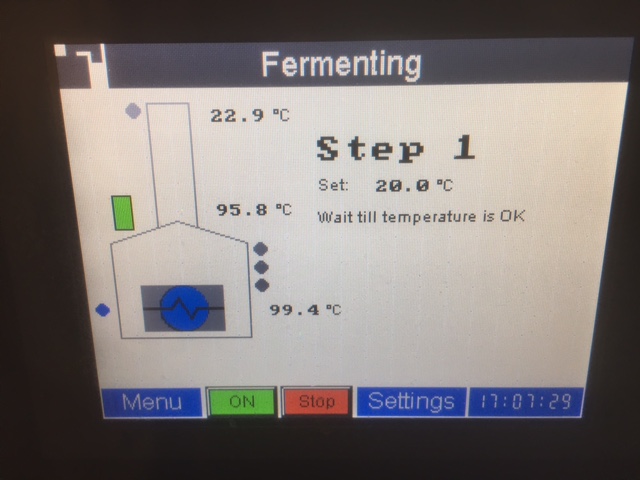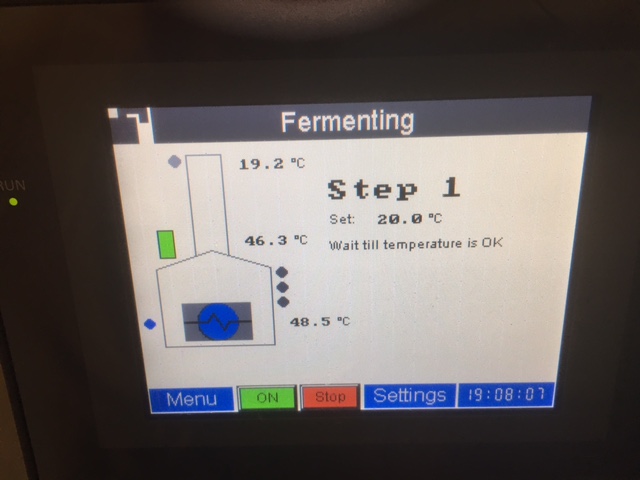Another iStill Innovation: Direct Cooling!
07 March 2017
Introduction
Those that follow the iStill Blog know that I am a big fan of direct heated stills. Direct heating saves energy, is cost friendlier to build, allows for more accurate power management, and it creates the Maillard Reaction in the boiler: a taste cascade that creates up to 20% more taste, while distilling. But how about direct cooling?
Mashing and Fermenting
Cooling? Why would we need cooling, let alone direct cooling? Well, because craft distilling isn't just about distilling. It is very often also about mashing and fermenting.
Mashing is the process where we bring a mixture of grains and water to specific (high) temperatures in order to have certain enzymes break-down starch into fermentable sugars. Fermenting is the process where we add yeast to the water/grain/sugar mix. The yeast consumes the sugars and produces alcohol.
The catch? Mashing temperatures are normally around 60 to 70 degrees Celsius, while fermentation usually takes place at 25 to 30 degrees. Cooling is first of all needed to get the temperatures of your mash down to fermenting temperatures. And since fermentation is a process that creates a lot of heat, cooling is also needed to keep the yeast happy during fermentation.
The Traditional Approach
The traditional approach to cooling a mash or ferment is to use double boiler mashers or fermentation vessels. One boiler (the inner one) holds the mash or ferment, the other boiler (on the outside) holds a liquid bath. The liquid bath indirectly cools the boiler content.
Good? No! The same drawbacks that hamper a still that's indirectly fired apply to indirect cooling. Building and using a double boiler design is both expensive and inefficient.
The iStill Approach
Based on the success iStill has with direct heating, and inspired by the functional design of car radiators, I envisioned a direct cooling approach for the iStill NextGen. Soon, the first so-called iStill Boiler Radiators were designed, developed, build, and tested. The results? Here they are:
- Direct cooling is much cheaper to build than the traditional double boiler approach - resulting in a 50% saving on construction costs;
- Direct cooling is much more efficient in both cooling speed and water usage - resulting in faster cooling (+200%) at lower cooling water consumption (-50%).
After boiling (99.4 C), the iStill Boiler Radiator is put on ...

Just two hours later, boiler contents are 50 (!) degrees Celsius cooler already (48.5 C) ...

(Unit: iStill 500 NextGen, T_cooling water in: 10 C, Water usage: 30 lph/8 gph)
www.iStill.eu
Reactions
Add your comment
All reactions ()
Loading comments..